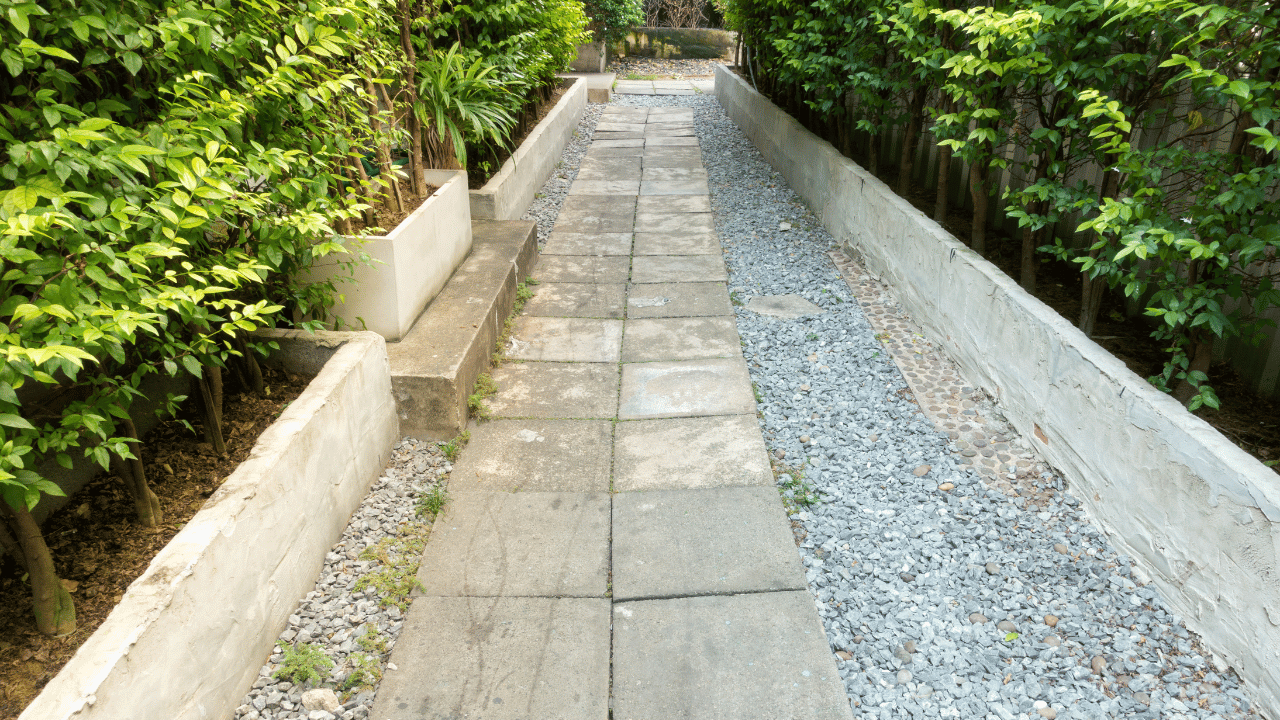Experience the Difference of Professional Landscaping in San Antonio
Don’t settle for ordinary. With our expertise in various landscaping types—from sleek modern designs to lush, natural retreats—you can elevate curb appeal and increase property value in one seamless process. Schedule your consultation today!
Types of Landscaping: Unlocking the Potential of Your Outdoor Space
Landscaping is far more than a matter of aesthetics—it’s a strategic investment that enhances the value, functionality, and sustainability of your property. Whether you’re a homeowner seeking to boost curb appeal or a business owner aiming to create a welcoming environment, understanding the various types of landscaping is essential. This guide will walk you through the diverse landscape design options available today, offering expert insights to help you select the approach that best suits your needs, climate, and vision.
Types of Landscaping: A Simple Guide to Making the Right Choice for Your Space

Landscaping isn’t just about making your yard look pretty. It’s about creating spaces that feel welcoming, reflect your personality, and are practical for your lifestyle. In today’s world, where curb appeal can increase property value by up to 20% (source: National Asso-ciation of Realtors), understanding the types of landscaping available—and how to choose the right one—is more important than ever. Whether you’re a homeowner, renter, or busi-ness owner, navigating the world of landscaping can seem daunting. But with a clear un-derstanding and some actionable advice, finding the best fit for your space is easier than you might think.
What is Landscaping?
Landscaping, at its core, is the art and science of modifying outdoor spaces for both aesthetic and practical purposes. It involves everything from planting trees, shrubs, and flowers to designing patios, walkways, and water features. But it’s not just about looks—good landscaping helps manage water flow, reduce energy costs, and even improve mental health. According to the Environmental Protection Agency, strategic landscaping can reduce air conditioning use by up to 50% (source: EPA).
Breaking It Down: The Two Main Elements
- Softscape: This includes all the living, horticultural elements of your space—like grass, plants, flowers, and trees. Think of it as the “soft” parts of your yard.
- Hardscape: These are the “harder” features—walkways, patios, retaining walls, rocks, and even outdoor kitchens.
A balanced landscape design blends both elements. For instance, when I helped a friend redo their backyard, we started by choosing drought-resistant plants (softscape) that surrounded a stone patio (hardscape). The result was a functional, beautiful space that needed very little maintenance.
Real-Life Uses and Benefits
Landscaping isn’t a one-size-fits-all solution. Some people want a lush, green lawn for family gatherings; others may prefer a minimalist, Zen-inspired garden for meditation. In practice, the key is aligning your landscaping goals with your lifestyle. For example:
- Pet owners might prioritize durable grass and shaded areas.
- Busy professionals may choose low-maintenance succulents and automated irrigation systems.
- Families often create play areas blended with safe, non-toxic plants.
Selecting the Right Landscaping Type for Your Space
Choosing the best landscaping style can feel overwhelming with so many types available—formal, informal, cottage, modern, xeriscape, and more. But I’ve worked with enough clients to know that a practical, step-by-step approach helps narrow down the options fast.
Step 1: Assess Your Space and Needs
Start by asking yourself:
- How much time do I want to spend on maintenance?
- What is my budget?
- Are there children or pets?
- What climate zone am I in (use USDA Plant Hardiness Zone Map)?
A common mistake is skipping this self-assessment. For example, one homeowner I worked with wanted a lush, English-style garden but lived in a region with water restrictions. The result? Dead plants and disappointment. In practice, aligning your choices with your real-world constraints is key.
Step 2: Explore Practical Landscaping Types
Here are three popular landscaping types, with the pros and cons of each:
- Traditional Lawn Landscaping
- Pros: Classic look, great for gatherings, increases property value.
- Cons: High maintenance, water usage, and cost.
- Best for: Families, social spaces, and those who love gardening.
- Xeriscaping (Drought-Tolerant Landscaping)
- Pros: Low water use, minimal maintenance, eco-friendly.
- Cons: Initial design can be tricky, limited plant choices in some areas.
- Best for: Busy professionals, arid climates, sustainability-focused homeowners.
- Modern/Minimalist Landscaping
- Pros: Clean lines, easy upkeep, often incorporates eco-friendly materials.
- Cons: Can feel cold or stark if not balanced with plants.
- Best for: Contemporary homes, smaller spaces, those seeking a neat look.
Step 3: Consider Function and Flow
Your landscape should support the way you actually live. If you enjoy dining outdoors, plan for a patio or deck. If you value privacy, incorporate hedges or trees. In my own yard, installing a simple pergola and string lights transformed a dull corner into my favorite evening retreat. The small details often make the biggest difference.
Step 4: Budget and Professional Help
Not everyone needs a professional landscaper, but consulting one can save money in the long run—especially for hardscape elements or complex designs. Many offer initial consultations for free or a nominal fee. If you’re DIY-ing, start small and focus on one area at a time.
Practical Tips for Selecting the Right Landscaping Type
- Mix and match: Combine elements from different styles. For example, mix native plants (xeriscaping) with a small patch of lawn (traditional).
- Use online resources: Many retailers and garden centers offer free design tools to help you visualize your space.
- Stay flexible: Landscaping is not a one-time project. Your needs may change as your lifestyle evolves, so choose adaptable designs.
Frequently Asked Questions
1. How do I choose the right landscaping type if I have a small budget?
Start by assessing your space and prioritizing what’s most important—maybe it’s shade, low maintenance, or a spot for kids to play. Consider xeriscaping or minimalist landscaping, which often require fewer plants and materials. Use digital tools for planning, and tackle one area at a time to spread out costs.
2. What’s the difference between softscape and hardscape, and why does it matter?
Softscape refers to living elements like plants and grass, while hardscape includes features like patios, walkways, or rocks. A balanced landscape design integrates both for visual appeal and function. For example, pairing a stone patio (hardscape) with native shrubs (softscape) can create a space that looks great and works with your lifestyle.
In summary:
Landscaping is more than just planting flowers—it’s about designing a space that works for you. By understanding your needs, strengths of each landscaping style, and available tools, you’re well on your way to creating an outdoor space that’s both beautiful and practical. And remember, the most successful projects always start with clear goals, a realistic plan, and the willingness to adapt as you go.
The world of landscaping is rich with possibilities, each type offering unique advantages tailored to different needs and preferences. By familiarizing yourself with the main categories—ranging from lush softscaping and durable hardscaping to eco-friendly xeriscaping—you empower yourself to make informed decisions that maximize the beauty and utility of your outdoor space. Remember, a thoughtfully designed landscape is not just an upgrade; it’s a lasting investment in your property’s appeal and functionality.
